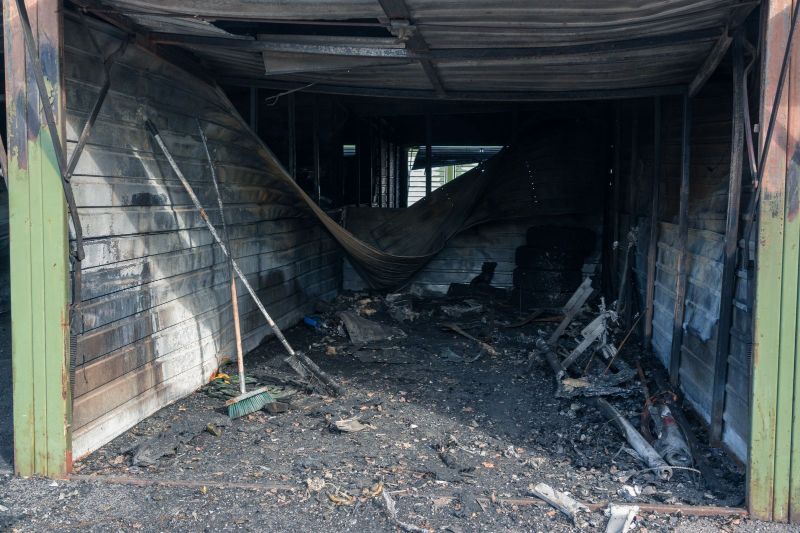Fire is a relentless force that can wreak havoc on homes, leaving behind destruction that extends far beyond the physical. Beyond the charred remnants lies a profound emotional toll, impacting families and communities. Restoring a home after a fire isn’t merely about rebuilding walls and roofs; it’s about restoring hope, healing hearts, and rebuilding lives.
Understanding the Extent of Fire Damage:
The aftermath of a fire can be overwhelming. The heat, smoke, and flames can cause extensive structural damage, compromising the integrity of the building. Smoke permeates every corner, leaving behind an acrid odor and damaging belongings. Additionally, water damage from firefighting efforts exacerbates the situation, leading to potential mold growth.
Assessment and Planning:
Restoration begins with a comprehensive assessment by experienced professionals. This step involves evaluating the extent of damage, understanding structural weaknesses, and identifying salvageable items. A meticulous plan is then crafted, outlining the restoration process and timeline, providing a roadmap to recovery.
Mitigation and Cleanup:
Mitigation efforts commence swiftly to prevent further damage. Professionals employ specialized techniques to extract water, eliminate soot and smoke residue, and secure the property. Advanced equipment, including dehumidifiers and air purifiers, is utilized to restore a healthy indoor environment.
Restoration of Structure and Contents:
Rebuilding a fire-damaged home requires expertise and precision. Skilled contractors work diligently to restore structural elements, ensuring safety and compliance with building codes. Simultaneously, restoration experts meticulously clean and restore salvaged items, employing specialized methods to remove smoke odor and stains.
Addressing Emotional Impact:
Beyond the physical restoration lies the emotional aftermath. Families often grapple with trauma and loss. Compassionate support services play a crucial role in helping individuals navigate these challenging emotions. Counseling, community support groups, and outreach programs offer invaluable aid in healing emotional wounds.
Collaboration and Communication:
Effective communication between homeowners, restoration teams, and insurance providers is pivotal. Transparent and frequent updates foster trust and ensure that all parties are informed about the progress and any hurdles encountered during the restoration process.
Preventative Measures and Future Preparedness:
Learning from the devastation of a fire prompts proactive measures to mitigate future risks. Homeowners can implement fire-resistant materials, install smoke detectors, and create evacuation plans. Regular inspections and maintenance further fortify the home against potential fire hazards.
Community Resilience and Support:
The aftermath of a fire often draws communities together. Neighbors, local organizations, and volunteers unite to provide aid, support, and resources. Acts of kindness and solidarity strengthen the resolve to rebuild and restore not just homes but the community spirit.
Fighting fire damage transcends the physical restoration of structures; it involves rebuilding lives and restoring hope. It’s a testament to human resilience and the unwavering support of communities. As homes are reconstructed, so are the shattered pieces of hearts, fostering a renewed sense of strength and unity in the face of adversity.
In the battle against fire damage, the restoration process becomes a beacon of hope, illuminating the path toward recovery and renewal, reaffirming that from the ashes, homes and hearts can rise again.

